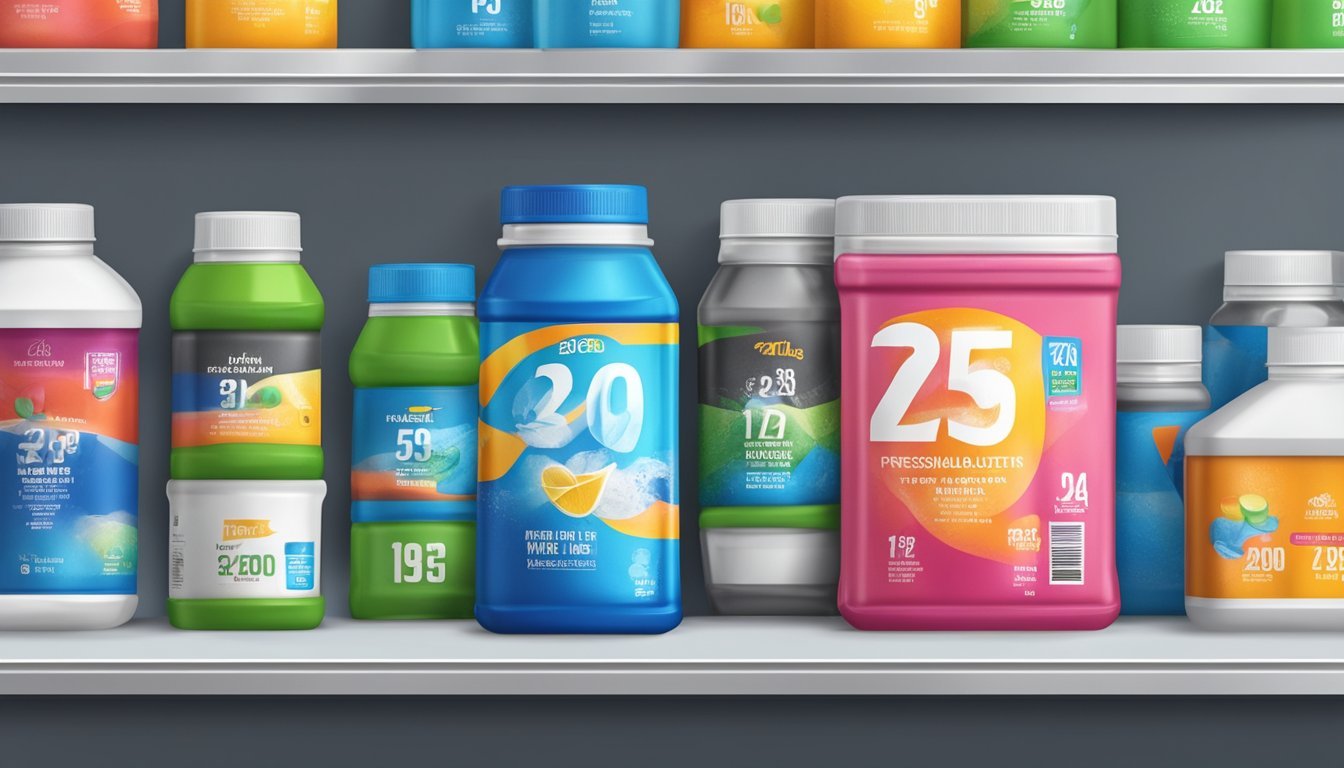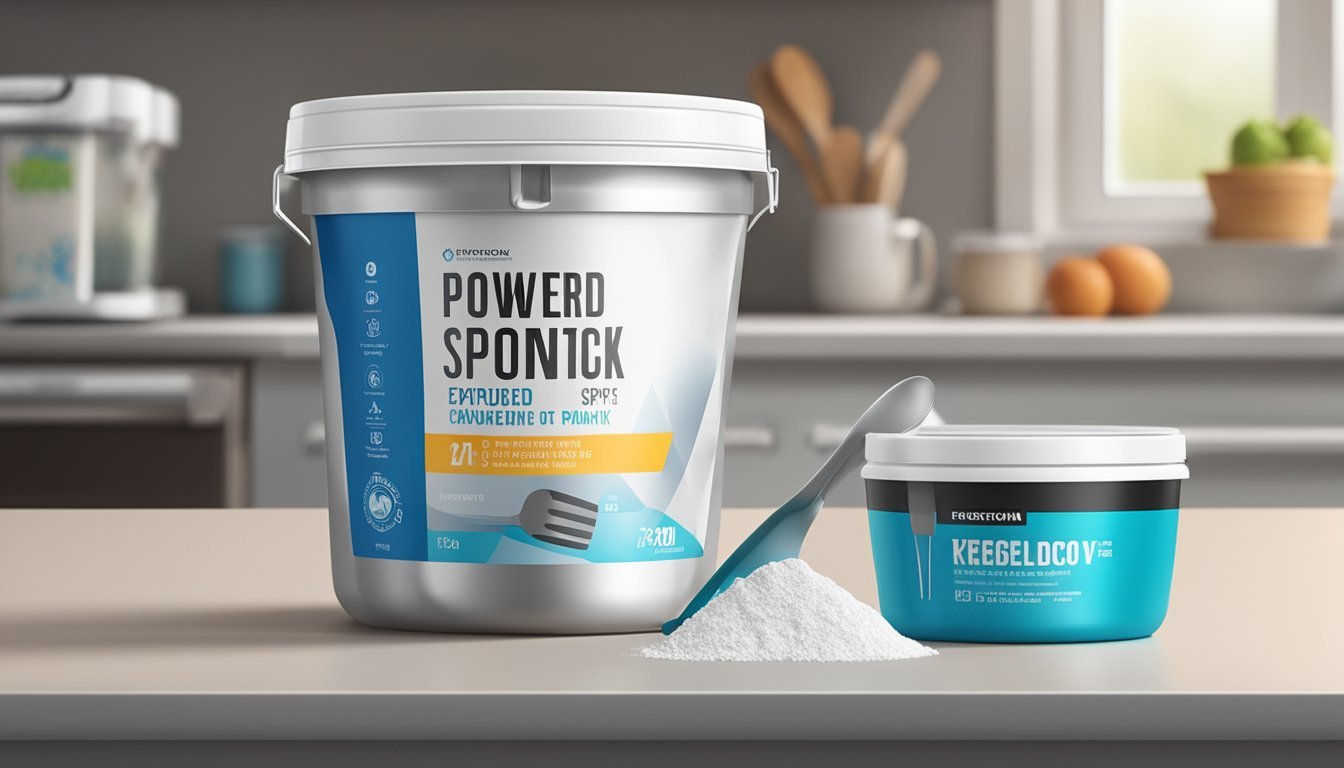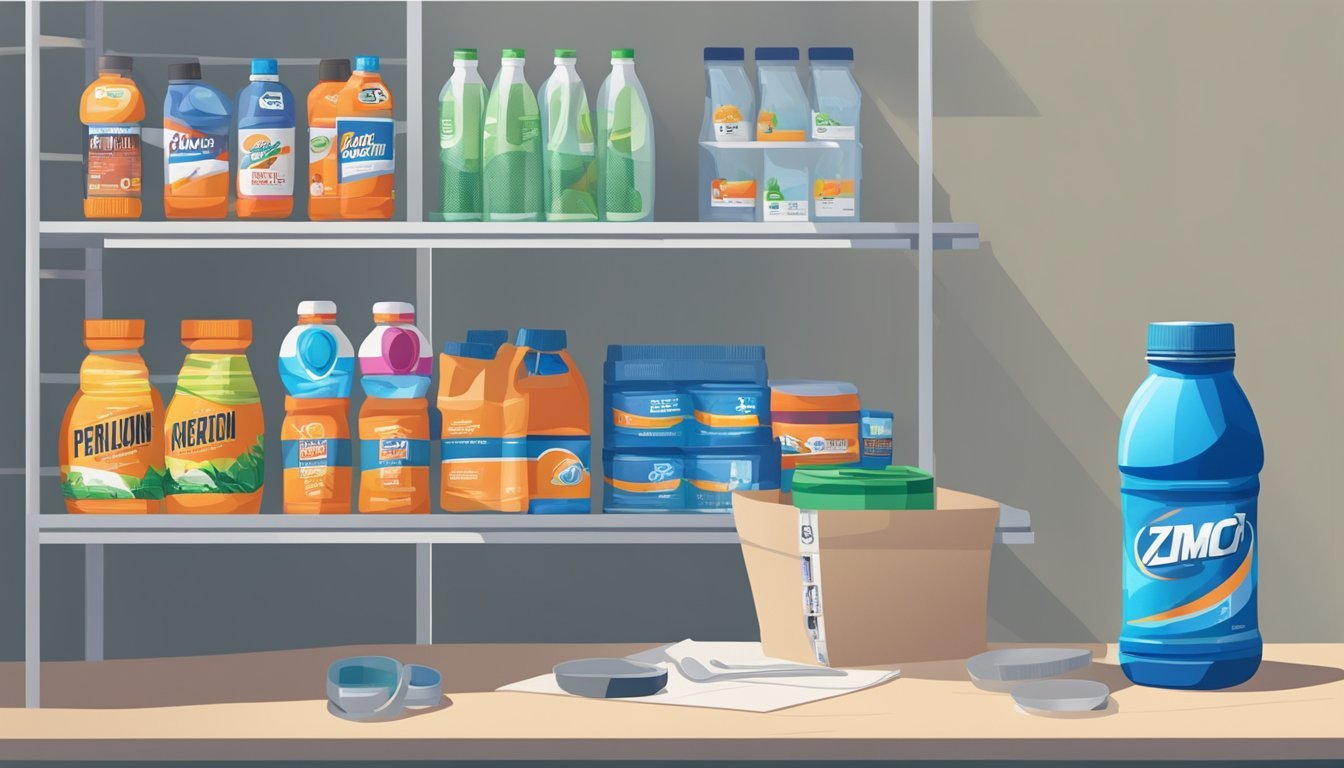How Long Do Powdered Sports Drinks Last?
Shelf Life and Storage Tips
Powdered sports drinks are a popular choice among athletes and fitness enthusiasts for staying hydrated and maintaining electrolyte balance. These drinks are designed to replenish the body with minerals and nutrients lost during physical activity, supporting overall health and performance. A key advantage of powdered formulations is their extended shelf life compared to their liquid counterparts, making them a convenient and durable option for both everyday nutrition and emergency preparedness kits.
The shelf life of powdered sports drinks varies, primarily based on their ingredients, packaging, and storage conditions. Generally, an unopened package can retain its best quality for up to three years. Once opened, the product's longevity is influenced by factors like moisture, temperature, and exposure to air, which can impact the drink's flavor, color, and nutritional effectiveness. It's essential for consumers to store these powders in a cool, dry place, and to adhere closely to the manufacturer's recommendations to ensure they get the most out of their sports drink mix.
Understanding Powdered Sports Drinks
Powdered sports drinks are designed to be a convenient source of nutrition and energy for athletes and individuals engaged in physical activity. These drinks typically come in dry, compact form and are meant to be dissolved in water before consumption. They offer a blend of electrolytes, such as sodium and potassium, which are critical for hydration and maintaining the body's acid-base balance during rigorous workouts.
Electrolytes are essential minerals that contribute to the electrical conductivity necessary for muscle function and nerve impulse transmission. Powdered drink mixes often include a mix of these vital compounds to help prevent dehydration and muscle cramping, especially under prolonged physical exertion.
The nutritional profile of these drink mixes may also contain various vitamins, amino acids, and sometimes protein powder. These elements support muscle recovery and provide a boost of sustained energy. Powdered sports drinks can serve as a quick and practical way to replenish lost nutrients, assisting in overall performance and endurance.
The potency of powdered sports drinks can diminish over time. It is important for consumers to pay attention to expiration dates and storage conditions to ensure product efficacy. Proper storage involves keeping the powdered mix in a cool, dry place, away from moisture and direct sunlight, to preserve its quality and shelf life.
When considering a powdered sports drink, individuals should assess their specific dietary needs and activity levels to select a product that offers the appropriate nutritional benefits, whether it's for a quick electrolyte top-up or post-exercise recovery.
Shelf Life Essentials
In the realm of sports drinks, understanding shelf life is crucial for maintaining both food safety and beverage quality. The compounds within these drinks, such as vitamins and minerals, can deteriorate with time, impacting their effectiveness.
Defining Shelf Life
Shelf life refers to the length of time a product remains in optimal quality under certain storage conditions before it begins to degrade. For powdered sports drinks, this period typically spans 6 to 9 months unopened. However, once opened, their quality is best preserved for 3 to 5 days in the refrigerator. Food safety guidelines suggest consumption within this window to ensure maximum benefits and taste.
Importance of Expiration Dates
The presence of expiration dates, or "best by dates," on powdered sports drink packages serves as the manufacturer's guarantee for peak quality. These dates are a rough estimate of when the product may start to lose its quality, though they aren't definitive markers for spoilage. It's important to note that products may still remain safe to consume past these dates, but optimal flavor and efficacy may decline.
Factors Affecting Shelf Life
Several factors influence the shelf life of powdered sports drinks, including heat, light, moisture, and humidity. To prolong their lifespan:
Storage: Keep the powder in an airtight container and seal it properly after use to prevent moisture and air exposure.
Location: Store in a cool, dark place to shield against light and heat, as these elements quicken the degradation process.
Humidity Control: Avoid storing drink mixes in areas with high humidity, as it can lead to clumping and potential spoiling.
By adhering to these standard practices, consumers can preserve the quality and safety of their powdered sports drinks.
Proper Storage and Preservation
When preserving powdered sports drinks, the longevity of the product largely hinges on the storage environment. Storing these drinks properly ensures both safety and quality.
Choosing the Right Environment
The best environment for storage of powdered sports drinks is a cool, dry, and dark place. A pantry typically offers such conditions, protecting the powder from the detrimental effects of heat and light. Keeping the product in an airtight container also prevents the ingress of moisture and preserves the contents effectively.
Impact of Storage Conditions
Heat, light, and humidity are the primary adversaries of powdered sports drink storage. These elements can lead to loss of flavor and potency of the preservatives within the mix. Consequently, there's a compromise to both quality and safety. Prolonged exposure to these factors can accelerate the degradation and shorten the shelf life of the product.
Extending Shelf Life with Refrigeration
While not always necessary, refrigeration can further extend the shelf life. Once opened, transferring the powdered sports drink to an airtight container and placing it in the refrigerator can keep the product fresh for a longer period, typically between 3-5 days for optimal quality. Ensuring the container is sealed tightly prevents any moisture from the fridge from affecting the powder.
Identifying Signs of Spoilage
Powdered sports drinks are subject to spoilage over time, with compromised appearance, odor, and taste being key indicators. It's vital to recognize these signs to ensure health safety and avoid the potential for illness from consuming spoiled products.
Visual and Texture Changes
Color: The consistent, vibrant color of fresh powdered sports drink mix can fade or change if the product is beginning to spoil. Look for any discoloration or the development of spots that were not originally present.
Texture: A fresh powdered drink should have a fine, uniform consistency. Clumping or changes to a grainy texture can be signs of spoilage due to moisture.
Odor and Taste Alterations
Smell: A change in the smell of the powdered sports drink to a sour or rancid odor can indicate spoilage. Spoiled powders may lack the characteristic fruity or sweet aroma they originally have.
Taste: Should you notice any off-flavors or a sour taste when preparing the drink, this could be a sign that the powder is no longer suitable for consumption.
When to Use Caution
If there's any doubt about the quality of the powdered sports drink, it is better to err on the side of caution. Consuming spoiled food or drink can lead to health risks, including illness. If the powder presents any signs of spoilage, or if it has been stored improperly or beyond its best-before date, consult a healthcare professional. Remember that when in doubt, it's safest to discard the product.
Impact on Health and Performance
The shelf life of powdered sports drinks is crucial for maintaining their nutritional value and ensuring they provide the necessary benefits for hydration and performance without posing any health risks.
Nutritional Value Concerns
Powdered sports drinks, when stored properly, preserve their nutritional quality up to their expiration date. These products generally contain a blend of carbohydrates, electrolytes, and sometimes proteins or amino acids, all integral to energy replenishment and recovery after a workout. As the powdered form is meant to be mixed with water, it is essential to adhere to manufacturer guidelines to ensure the correct concentration of nutrients is achieved for optimal benefit.
Risks of Consuming Expired Products
The consumption of expired powdered sports drinks may result in reduced effectiveness and potential food safety issues. Over time, ingredients can degrade, leading to a potential decline in the quality and freshness of the drink, and possibly the loss of important nutrients. The Food and Drug Administration (FDA) recommends adhering to labeled expiration dates to avoid the health risks associated with consuming deteriorated food products.
Optimizing Intake for Athletic Performance
For athletes, the timing and amount of sports drink consumption are keys to maximizing performance and recovery. The American College of Sports Medicine recommends ingesting sports drinks with 4-8% carbohydrate concentration during prolonged physical activities. This helps maintain hydration and supply a steady energy source. It is important for individuals to tailor their intake based on the exercise intensity, duration, and their personal sweat rates to ensure safety and effectiveness in hydration and nutrient replenishment.





